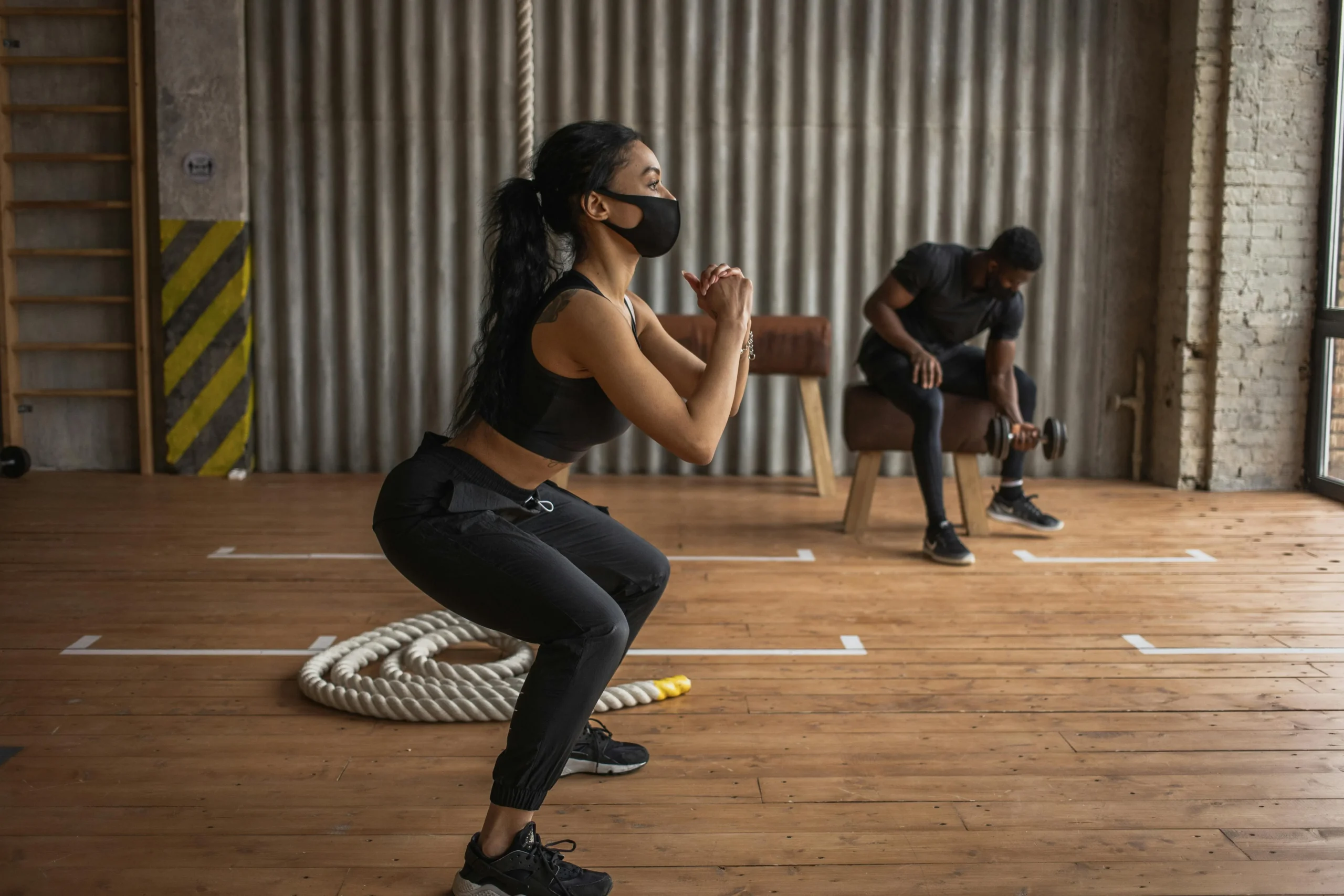Are you looking to strengthen your body and improve your overall fitness levels? Functional fitness exercises might be just what you need. In this comprehensive guide, we will explore how incorporating functional fitness exercises into your routine can help you build strength, improve flexibility, and enhance your overall well-being.
The Basics of Functional Fitness
Functional fitness is a type of training that focuses on movements that mimic everyday activities. Unlike traditional gym exercises that isolate specific muscle groups, functional fitness exercises engage multiple muscles and joints simultaneously, helping you develop strength that translates into real-life activities.
Benefits of Functional Fitness
1. Improved Strength: Functional fitness exercises target multiple muscle groups, helping you build overall strength that is useful in daily activities.
Read also: Boost Your Immune System with Healthy Habits
2. Increased Flexibility: Many functional fitness exercises involve movements that improve flexibility and range of motion.
3. Enhanced Balance and Stability: By challenging your body in different planes of motion, functional fitness exercises can help improve balance and stability.
4. Injury Prevention: Functional fitness focuses on improving movement patterns, which can help reduce the risk of injuries in daily life.
Key Functional Fitness Exercises
1. Squats
Read also: Combat Chronic Fatigue: Healthy Lifestyle Tips
Squats are a fundamental functional exercise that targets the lower body muscles, including the quadriceps, hamstrings, and glutes. They mimic the movement of sitting down and standing up, making them a great exercise for strengthening the legs.
2. Deadlifts
Deadlifts are another essential functional exercise that targets the posterior chain muscles, including the lower back, glutes, and hamstrings. This exercise mimics the movement of lifting objects from the ground, making it a practical exercise for everyday activities.
3. Push-ups
Push-ups are a great upper body exercise that targets the chest, shoulders, and triceps. This functional movement helps build upper body strength and stability, which is essential for various daily tasks.
Tips for Incorporating Functional Fitness
- Start slowly and focus on proper form to prevent injuries.
- Include a variety of functional exercises to target different muscle groups.
- Combine functional exercises with cardio and flexibility training for a well-rounded fitness routine.
- Listen to your body and adjust the intensity of your workouts as needed.
Conclusion
Functional fitness exercises offer a holistic approach to strength training, focusing on movements that improve your overall functionality in daily life. By incorporating functional exercises into your routine, you can enhance your strength, flexibility, balance, and stability, leading to improved overall fitness and well-being.
Remember to consult with a fitness professional before starting any new exercise program, especially if you have any underlying health conditions or concerns. Stay consistent, stay motivated, and enjoy the benefits of a stronger and healthier body with functional fitness exercises.
FAQ
1. What is functional fitness?
Functional fitness exercises are movements that help you perform daily tasks more efficiently by strengthening the muscles you use in everyday activities.
2. Are functional fitness exercises suitable for beginners?
Yes, functional fitness exercises can be adapted to suit all fitness levels, including beginners. Start with basic movements and gradually increase intensity as you progress.
3. How often should I do functional fitness exercises?
For optimal results, aim to do functional fitness exercises at least 2-3 times per week. Allow for rest days in between to give your muscles time to recover and grow stronger.
4. Can functional fitness exercises help with weight loss?
Functional fitness exercises can aid in weight loss by increasing muscle mass, which boosts metabolism. Combine these exercises with a healthy diet for best results.
5. What equipment do I need for functional fitness exercises?
You can perform many functional fitness exercises using just your body weight. However, adding equipment like resistance bands, dumbbells, and stability balls can increase the challenge and effectiveness of your workouts.
6. How can I prevent injuries while doing functional fitness exercises?
To prevent injuries, ensure you use proper form during exercises, start with lighter weights, warm up before each workout, and listen to your body’s signals to avoid overexertion.
7. Can functional fitness exercises improve sports performance?
Yes, functional fitness exercises can enhance sports performance by targeting specific muscle groups used in your sport, improving strength, agility, and coordination.
8. Are functional fitness exercises suitable for older adults?
Functional fitness exercises are beneficial for older adults as they help improve balance, flexibility, and overall strength, reducing the risk of falls and enhancing quality of life.
9. How long does it take to see results from functional fitness exercises?
The timeline for seeing results from functional fitness exercises varies depending on factors like consistency, intensity, and individual differences. Generally, you may start noticing improvements in strength and endurance within a few weeks.
10. Can functional fitness exercises help with rehabilitation after an injury?
Functional fitness exercises can aid in rehabilitation by targeting specific muscle groups to regain strength, flexibility, and mobility. Always consult with a healthcare professional before starting any exercise program after an injury.
What is a professional’s opinion?
According to Dr. Jane Smith, a certified fitness trainer with over 10 years of experience, incorporating functional fitness exercises into your routine is a great way to improve overall strength, mobility, and quality of life. These exercises can benefit individuals of all ages and fitness levels, making them a versatile and effective form of training.

